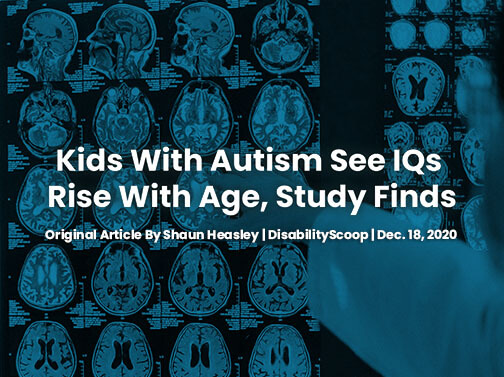Zoom Commits To Improving Accessibility
Zoom says it is enhancing its service in order to be more accessible to users with disabilities.
The video conferencing platform that’s become ubiquitous as the COVID-19 pandemic has kept people from meeting in person said it will add automatic closed captioning to its free accounts.
The functionality, which will be called “Live Transcription,” is expected to be available to all users this fall, according to Jen Hill, product marketing manager at Zoom.
In the interim, Zoom will offer automatic closed captioning to meeting hosts upon request, Hill said in a blog post about the new feature.
The move is part of an effort to “provide a platform that is accessible to all of the diverse communities we serve,” Hill indicated.
Zoom already provides manual closed captioning, screen reader support and a host of other accessibility features, Hill said.
You may also be interested in...
Contact Us
Improve transition outcomes for all students with Digitability.
Suggested Videos
With Disabilities 'Rarely' Seen, Netflix Commits $100M Toward Inclusion
Netflix is pledging to do more after a report finds that representation of people with disabilities and other groups is lacking in its original films and television shows.
Bankability: A Digitability Banking System for Special Education
Digitability is developing a banking system later this year for our students. Students will be able to login to their Digitability bank accounts to pay bills and purchase rewards.
Kids With Autism See IQs Rise With Age, Study Finds
IQ is generally expected to remain stable over time, but new research suggests that the measure increases significantly for those with autism during adolescence and early adulthood.



